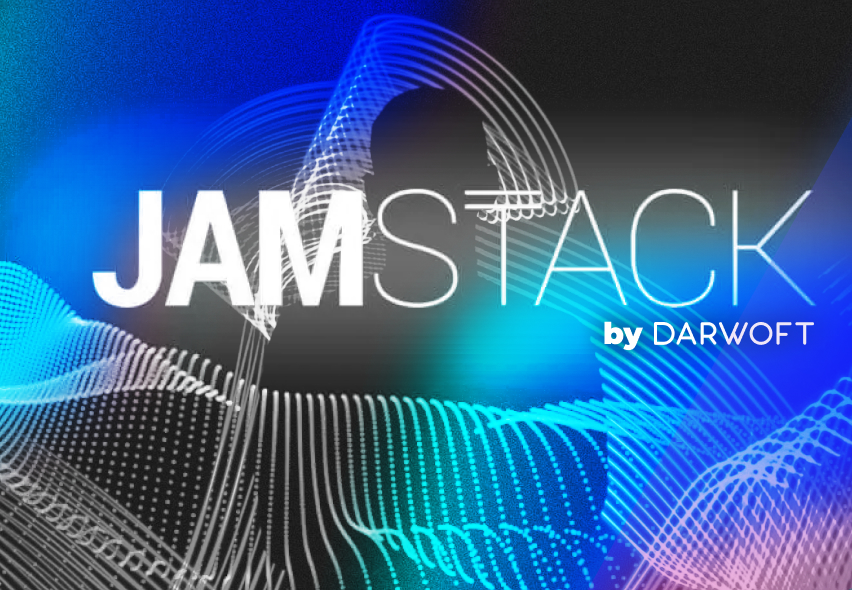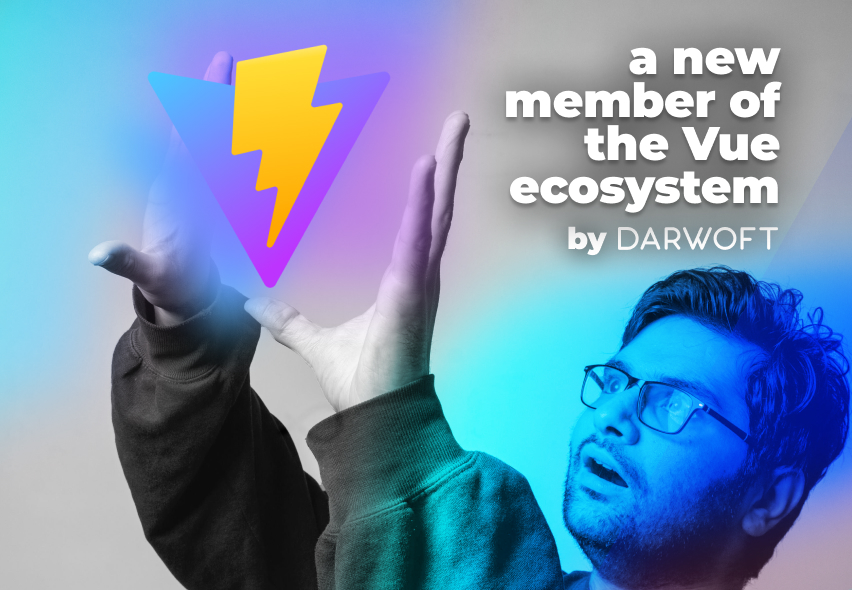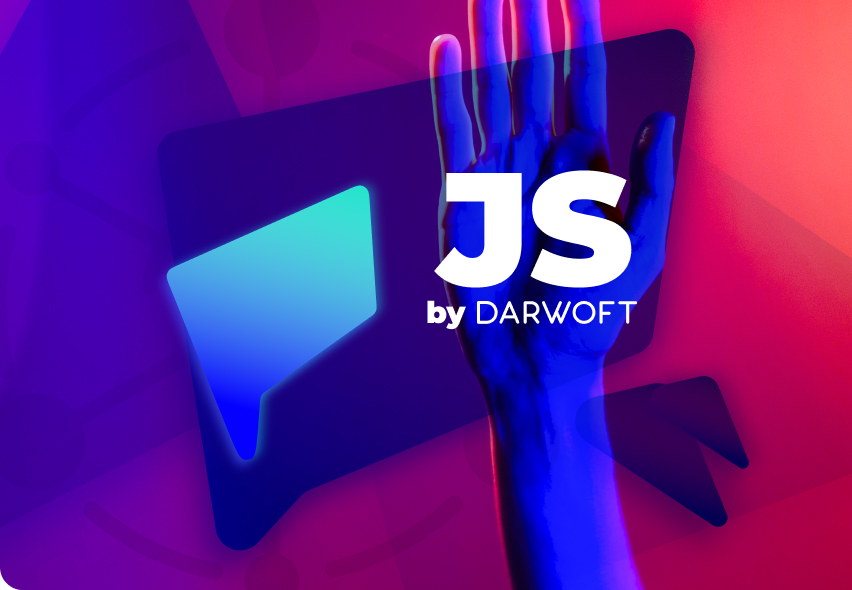React makes the same kinds of things possible, except that it does not force us to follow any particular path. Sure, we can use create-react-app to generate an initial boilerplate and, after that, we can do whatever we want.
Gatsby and Next are frameworks built with React. This means that in addition to the initial code structure for our project, we also get a methodology to follow in the development process.
Although both broadly serve the same purpose, Gatsby and Next do some things differently.
For now, let's talk about Rendering and Data Handling. It is important to know that they adapt to different situations and that is why there is no one better than the other.
Rendering Gatsby versus Next
If we use React out of the box with create-react-app, our application will use Client-side Rendering. In response to a request, the browser will receive a nearly empty HTML file and a javascript bundle that will be in charge of building the DOM (much more will happen, but let's keep it simple).
Gatsby works as a Static Page Generator, which means that the application's code will be compiled at build time, and the server will store these static HTML, CSS, and JS files. After request, the browser will load the static page, and then Gatsby will rehydrate it, giving back its reactive magic.
Next can also generate static pages, but its strong suit is Server Side Rendering. It uses a server to dynamically generate the HTML/CSS/JS files in response to a request, at run time.
In this sense, we will use Gatsby if we have data that does not change much and does not depend on the user. ON the contrary, we will choose Next if our data depends on the user or needs to be published, displayed, and edited in real-time.
Data handling Gatsby versus Next
When it comes to dealing with data, things change dramatically between Gatsby and Next. In fact, Gatsby tells us exactly what to do and how, while Next gives us the freedom to do what we want.
Gatsby provides plugins that will take the data from various sources (SQL, no-SQL, JSON, markdown, a decoupled CMS as WordPress or Drupal, you name it) and will make it available to our application using GraphQL. Again, this will happen at build time.
Next can also take data from the most diverse sources and use React state or more advanced managers like Redux. The main difference is that it allows us to do whatever we want, we can define our own data architecture.
Therefore we can say that Gatsby is a good option if we need to connect with another platform such as a CMS and if we need pre-made solutions that allow us to focus on layout and styles. Next, on the other hand, will fit better in more complex projects that need a custom data structure, according to our particular business rules.
To sum up! Gatsby vs Next in 2022
This was just an introduction, we would need much more time to review the features and capabilities of these frameworks. For now, it is enough to know that both tools help us to use React in an easier and better way. And at the same time, they allow us to build more performant, accessible, and SEO friendly websites and applications.
👏 🎉 We really appreciate this time together. See you around.
Please, Remember to Keep Safe!
if you're looking for a new development team to handle your digital transformation, we'd love it if you consider our team. send us an email to info@darwoft.com to see if we might be a good fit.
Let's Build What's Next. Together.





